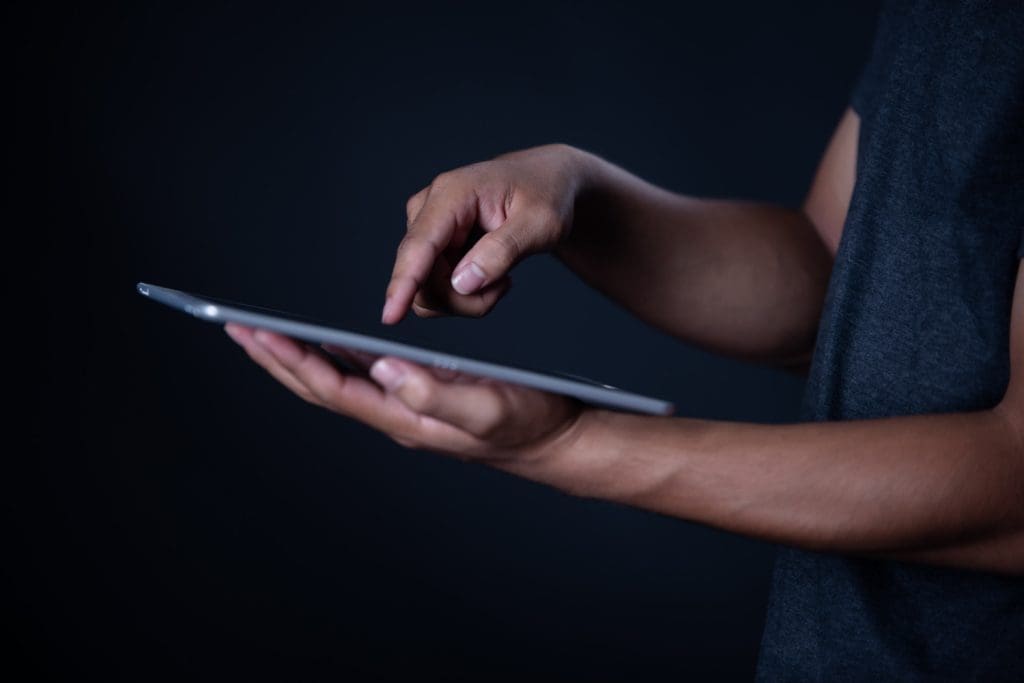Dr. Prashant Vasudev
Principal – Delhi Public School Patna (East)

Technology is a powerful tool that can support and transform education in many ways, from making it easier for teachers to create instructional materials to enabling new ways for people to learn and work together. The effective use of digital learning tools in classrooms can increase student engagement, help teachers improve their lesson plans, and facilitate personalized learning. It also helps students build essential 21st-century skills. Prior to March 2020, some would say that technology allowed you to experiment in pedagogy, democratize the classroom and reach Generation Z students. However, after March 2020, technology in education has become essential—especially as the COVID-19 pandemic forced schools to swap face-to-face instruction for distance learning. Students are digital natives. They’ve grown up with technology; it’s woven into their lives. In fact, it’s one of the basic 21st-century skills that they’ll need in school and the workplace.
Technology integration in the classroom now begins during elementary school and carries through to high school and higher education. But, using technology in the classroom isn’t just about digital devices in class—it relates to anything that facilitates interaction between teacher and student in a constructive and innovative way. Digital education is generating new learning opportunities as students engage in online, digital environments and as faculty change educational practices through the use of hybrid content, personalized instruction, new collaboration models and a wide array of innovative, engaging learning strategies. Furthermore, a 21st-century view of learner success requires students to not only be thoughtful consumers of digital content but effective and collaborative creators of digital media, demonstrating competencies and communicating ideas through dynamic storytelling, data visualization and content curation.
Using technology in the classroom allows you to experiment more in pedagogy and get instant feedback. Digital storytelling, where students use simulations to immerse themselves in a fictional environment, can make learning more exciting and relatable for students. Technology can greatly aid the implementation of classroom games, while students may be incentivized to complete their assessments. Blended learning can also play an effective role here, whereby student curriculum is partially delivered in person and partially via digital means.
Using technology to enhance learning is an incredibly exciting idea, and as an area of education is growing fast.


